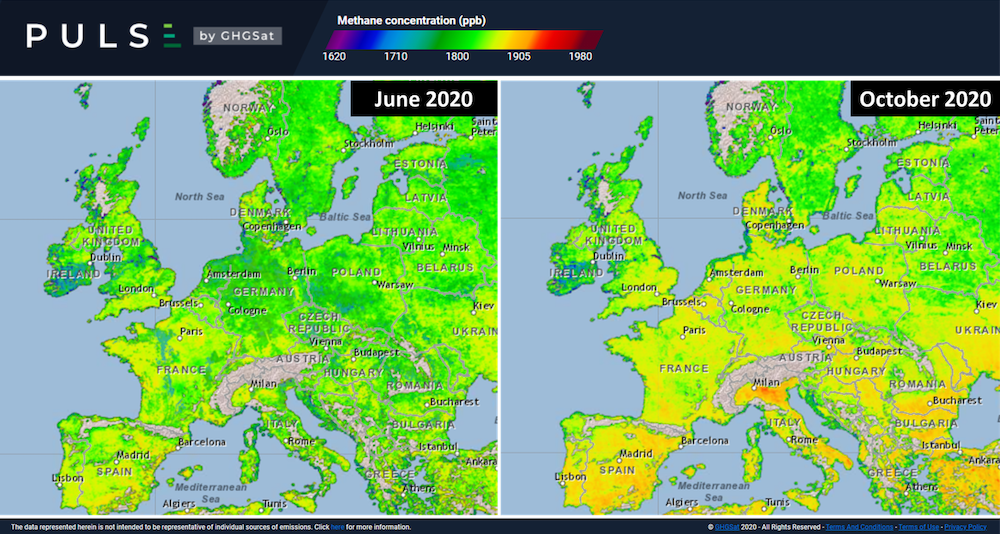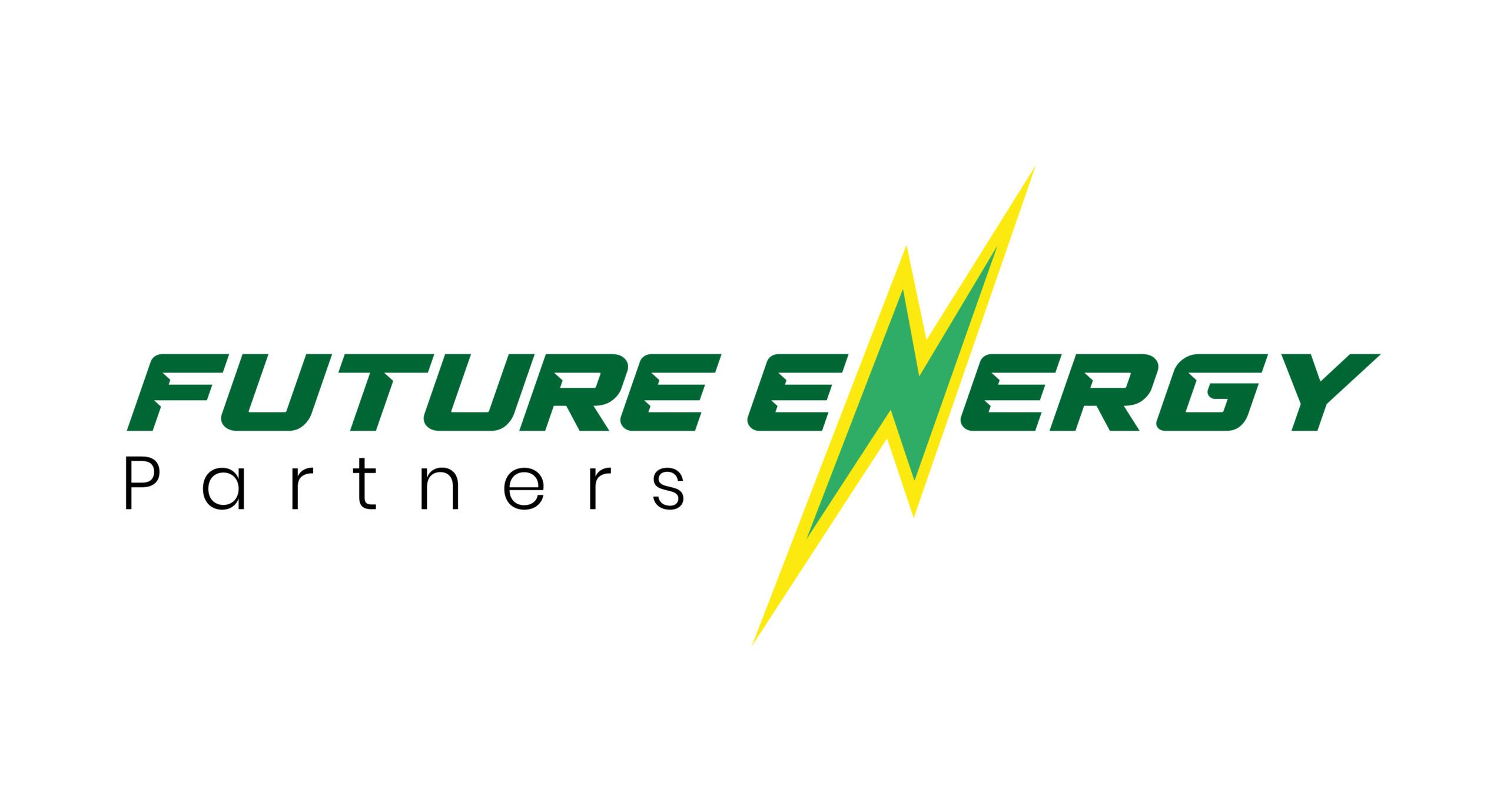Eyes In The Sky Are Tracking Methane Emissions
- 17 October 2020
- Posted by: Future Energy
- Category: Energy

On Christmas Eve, 1968, NASA’s astronauts got our first view of the Earth rising over the surface of the moon. The photograph they took, called “Earthrise” became one of the most influential in history. It was credited with helping to kick-start the environmental movement.
Today, we have a way to see the harm that we are causing to earth, our home. Earth observations provide a way to reduce global emissions to help reduce global warming.
Flaring and venting exist in nearly every aspect of the oil and gas industry. Gas flaring can be directly observed from space as they are high temperature events. Thermal imaging sensors can detect and estimate the temperature, radiative power and associated energy release of thermal events. Both pre-combustion fuel volumes and post-combustion gas emission volumes can be estimated providing valuable insight. Methane emissions are now also able to be identified from satellites and the technology is advancing rapidly.
Future Energy Partners has selected a limited number of vendors who have the capability to integrate such insights with contextual information to put figures to the volumes over time.
As a result, they can identify infrastructure such as temporary drilling sites or “well pads” and flare stack locations. They can then infer typical lifecycle patterns and highlight any unusual deviations from the norm for any given oil & gas operation.
For example, satellite flaring measurements provide a signature for each well pad which can be tracked over time. This can then lead to an average flaring lifecycle signature for all wells in the oil & gas field development area.
Satellite based gas sensors can detect the presence of different gases, including methane and even measure their concentration. By combining these sensor data measurements with accurate meteorological models, the source of the gas emissions and flux can be estimated. Of course, the level of detail is dependent on the sensor’s sensitivity and the complexity and completeness of the model.
Tropomi – the most advanced multispectral imaging spectrometer to date was developed by the European Space Agency for its Sentinel-5P satellite.
It operates at coarse spatial resolutions (a coarse, grainy image versus a fine image) on the order of several kilometers. At this spatial resolution, measured gas concentrations may originate from multiple sources and be subject to local atmospheric conditions.
Future Energy Partners have the capability to correlate these images to specific industrial activities without the need for more expensive imagery. They can provide a proxy for determining the activity and productivity of gas processing facilities, and other similar assets.
FEP’s preferred vendors offer specific solutions for measuring methane gas emissions. There is a module for daily measurement of atmospheric CH4, NO2, SO2 and HCHO gas concentration at regional and local levels. There is also a module to identify temporal aggregation of atmospheric gas concentration and to correlate with industrial activities.
The current generation of satellite gas sensors operate at very coarse resolutions. This means that detected gas concentrations are subject to mixing from various sources, where multiple source emitters exist in close proximity. Decoupling these measurements requires additional analysis and modelling in order to resolve gas fluxes back to their specific source infrastructure.
The World Bank is aiming for zero routine gas flaring by 2030. During the next two years, the next generation of gas sensing satellites will drastically increase the spatial resolution of measurements. This will continue to provide oil and gas companies and others an opportunity to reduce flaring and reduce emissions.
Contact Future Energy Partners to ensure you are bringing the best solutions today to your emission challenges.
We are grateful to Future Energy Partner for helping us though the ISO certification process. The implementation of ISO standards is what differentiates as a company from our competitors and demonstrates our commitment to Occupational Health and Safety Management.


Leave a Reply Cancel reply
You must be logged in to post a comment.
